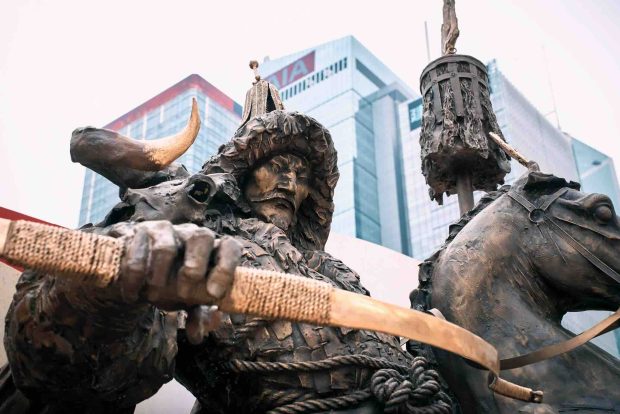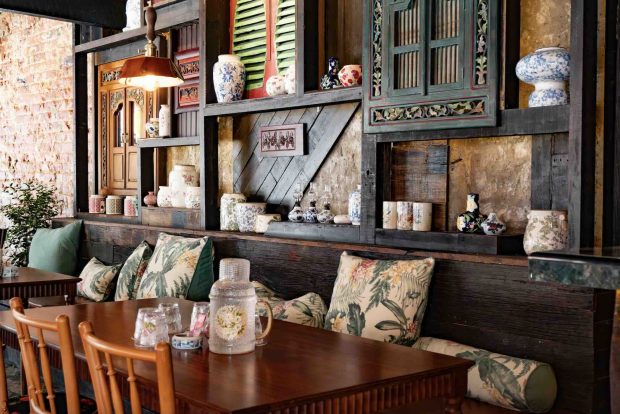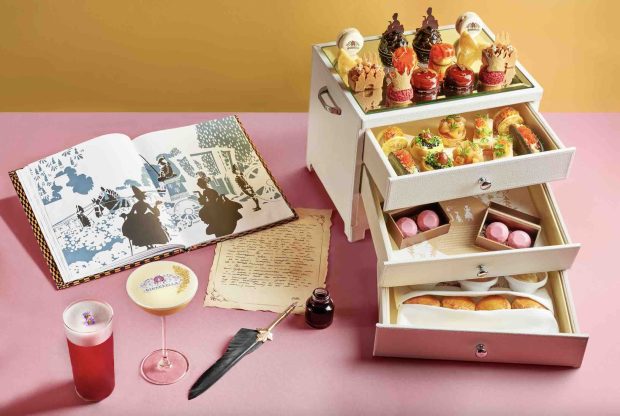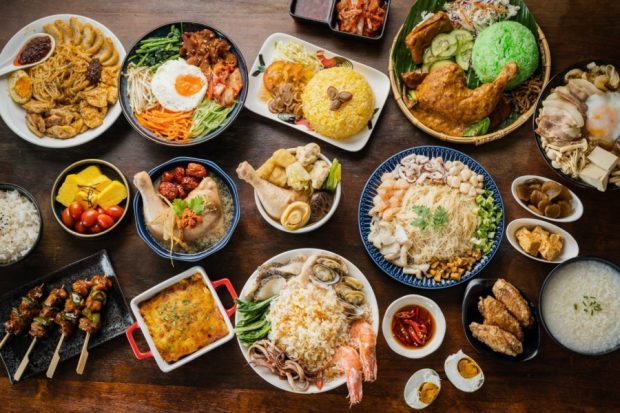My plan was to visit Jongmyo early in the morning before moving onto Changdeokgung (Palace) since it is further away from the station.
Unfortunately, the plan had to be abandoned. Jongmyo Shrine was only accessible via guided tours and the earliest English tour available was at 2.5 hrs later at 2pm. So I brought my tickets and head back to the palace. I sincerely pray that I can cover it within 2 hrs.
The shrine and the palace was a rather long 20 mins walk away and friends who know my pace will know the distance we are talking here!
The narrow street that link these 2 monuments was lined on one side with shops offering a wide spectrum of goods and services that have absolutely no direct link with tourism and the shrine perimeter wall on the other side. It was not exactly a pleasant walk as a good portion of the road was still under construction. There was lots of dirt and dust … most importantly I was wearing my white jeans! Damn!
I was lucky to reach at the exact designated time for the chinese guided tour was commencing and I was the only participant! The tour was supposed to take 2 hrs but the wonderful tour guide said that he will expedite for me to reach Jongmyo on time for the scheduled tour. I practically had the tour guide to myself. Really feel like a VVIP, shiok!
My guide name is Qian Da Zhong. He explained that Changdeokgung (???) which literally means “Palace of Prospering Virtue” is situated at Jongno-gu and is one of the “Five Grand Palaces” built by the kings of the Joseon Dynasty. As it sits east of Changdeokgung,it is also referred to as the East Palace(??, Donggwol).
One unique aspect of Changdeokgung was that the buildings of Changdeokgung blend with the topography of the site instead of imposing upon nature. Photos with dates are provided by my guide who offered to keep in contact via email after the tour.
My guide brought up many interesting innovations by the Korean on the design of their building components. For example, there are well hidden inlets below each building for the house servants to get a fire going and consistently supply wood to keep the floor of the building warm during winter.
The retractable doors are another one of their amazing architecture inventions. When it’s cold, the doors act as effctive shelter from the harsh winter. However, once the summer heat comes on….. Walla! Up goes the doors onto the ceiling and natural air flow is created to cool down the room.
Here’s one interest aspect of a typical traditional korea bedroom arrangement. The husband and wife have their separate rooms and do not sleep together. The husband’s parents’ room (usually the mother since women usually outlive men) will be smack right between their rooms. Here’s a cross sectional view for easier understanding.
Poor couple! So difficult to have sex… But all is not lost! There will actually be a secret door out from the husband’s room that lines the mother-in-law walls to the wife’s room. This should be done on quite a regular basis lest the wife (based real life bffs examples) turns cranky. Well, I suppose anything forbidden is always more thrilling.
Unfortunately, Changdeokgung suffered the same fate as the other Five Grand Palaces in Seoul during the Japanese occupation. I was only able to enjoy the 30% remains of the Palace. 🙁
Here are the beautiful photos of the palace in different seasons send via email by my guide. Enjoy!
After the expedited tour of the Palace, I quickly made a beeline for Jongmyo Shrine…..
You may also like to check out my posts on other exciting travel destinations here































